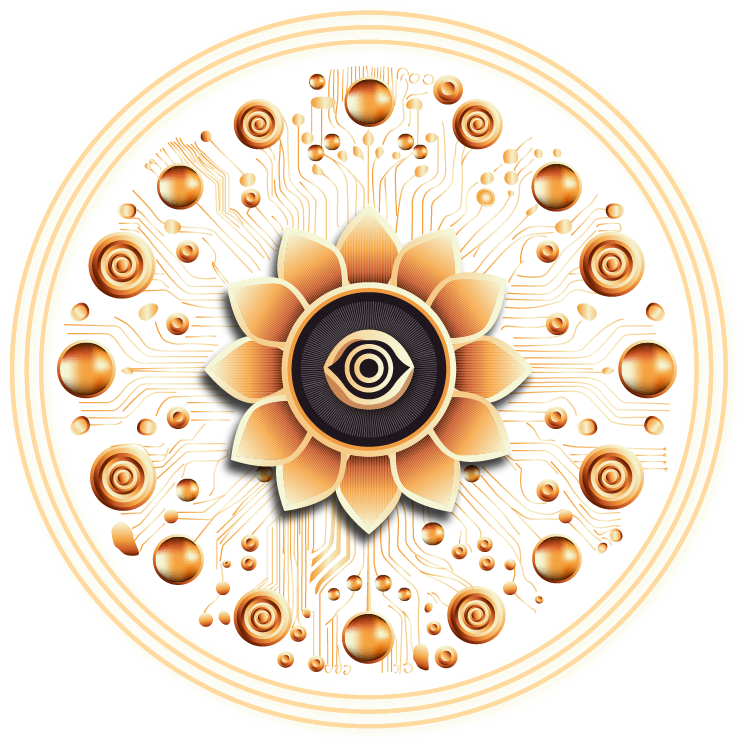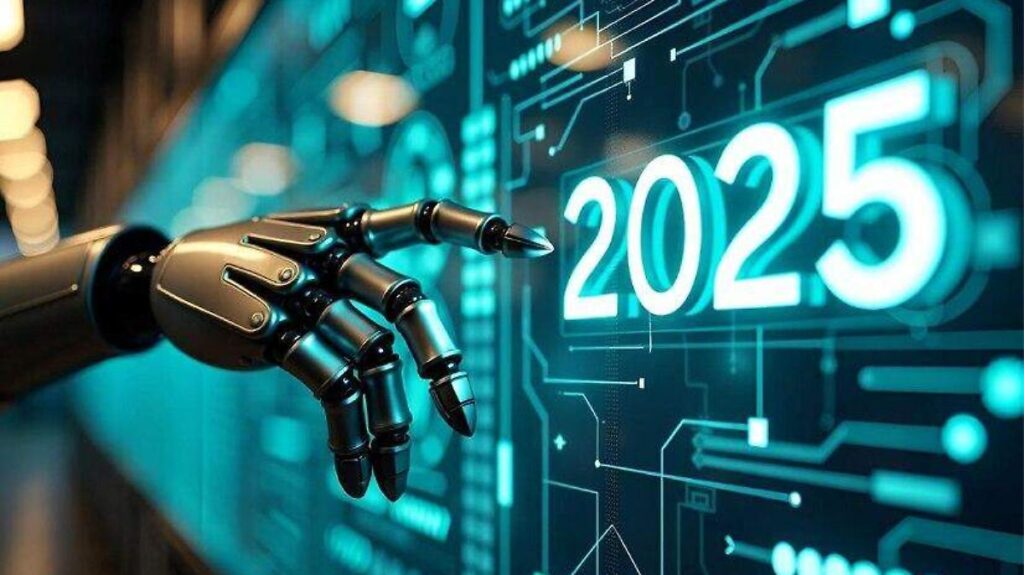Quantum Design Thinking: The Hidden Power Shaping 2025
Areas of Greatest Impact (and Why)
In 2025, innovation isn’t just about products — it’s about the invisible structures that define our lives. This is where Quantum Design Thinking (QDT) becomes not just relevant, but critical.
Artificial Intelligence (AI) & Generative Platforms
Why it matters: QDT works on mental architectures. As AI becomes more integrated into daily life, it will replicate human logic. QDT designs those logics.
Impact areas:
- Intelligent assistants (ChatGPT, Bard, etc.)
- AI-enhanced customer service & content creation
- Smart appliances powered by adaptive AI
QDT defines the ethical, social, and strategic logic that these systems internalize.
Robótica
Why? Robots without a designed thought system are just programmable tools. QDT designs the cognitive operating models for robotics — how machines should reason, anticipate, and interact as extensions of human logic. It places these systems within complex, anticipatory frameworks, ensuring robots serve as proactive, learning collaborators inside homes, industries, and cities.
In short: QDT won’t just improve these technologies — it will dictate the invisible forces that shape their existence.
Not Sweet is the house of these forces. THEY AI (Yanina Vallejos, Co-founder at THEY AI) is where we créate their minds.
Networks, Connectivity & High-Performance Computing
Why it matters: Beyond infrastructure, QDT addresses why we connect — and how those systems affect human behavior. From 5G to 6G, connectivity is a philosophy. QDT rewrites it.
Impact areas:
- 5G & 6G smart infrastructure
- High-performance computing
- Advanced graphics for simulation & design
Immersive Realities (AR/VR)
Why it matters: Immersive experiences are cognitive architectures. QDT designs not just what users see, but how they perceive and interact with synthetic environments.
Impact areas:
- Apple Vision Pro
- 4K projectors & smart TVs
- Mixed reality learning and gaming environments
Autonomous Mobility & Electric Vehicles
Why it matters: QDT doesn’t just design vehicles. It designs the societal structures and logics behind why and how we move. It reinvents the very nature of urban and autonomous mobility.
Impact areas:
- Tesla Model Q & future smart EVs
- Autonomous drones
- Infrastructure for logistics & delivery
Clean Tech, Smart Homes & Sustainability
Why it matters: QDT helps restructure the way humans think about consumption, sustainability, and systems ecology. It ties behavioral design to energy use.
Impact areas:
- Smart home systems & appliances
- Renewable energy systems (solar, wind, etc.)
- Energy management in urban ecosystems
Digital Health & Medical Wearables
Why it matters: Health is a mental system before it’s a physical one. QDT redesigns not just devices, but how humans perceive, engage, and act on their own wellbeing.
Impact areas:
- Wearable health tech
- Real-time biofeedback systems
- AI-driven diagnostics and recommendations
The Final Thought
While others are designing gadgets, QDT is designing futures.
NOT SWEET is the first studio in Latin America building the mental architectures and systemic logics from which next-generation technologies will emerge.
We don’t follow product trends. We author the invisible patterns that define them.
TECHNOLOGY BEGINS IN THOUGHT” – YANINA VALLEJOS

